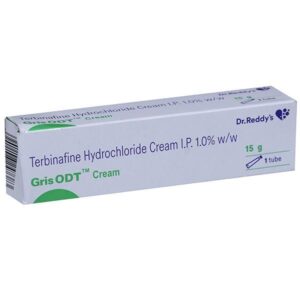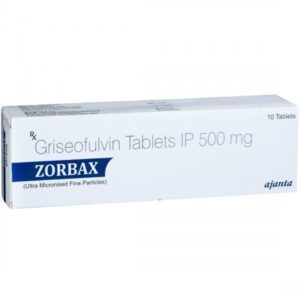GRISEOFULVIN
GRISEOFULVIN: Griseofulvin is an antifungal medication commonly used to treat fungal infections of the skin, hair, and nails. It belongs to the class of drugs known as antifungals.
The main mechanism of action of griseofulvin is by inhibiting the growth of fungi. It works by binding to a protein called tubulin, which is essential for the formation of fungal cell walls. By interfering with the formation of the cell walls, griseofulvin prevents the fungi from spreading and multiplying.
Griseofulvin is usually taken orally, and the exact dose can vary depending on the specific condition being treated. The usual adult dose for skin infections is 500-1000 mg per day, while the dose for scalp and nail infections is typically higher, around 1000-2000 mg per day. The medication should be taken with fatty food or whole milk to improve absorption.
While griseofulvin is generally considered safe, it can cause some side effects. Common side effects include headache, dizziness, nausea, vomiting, diarrhea, and indigestion. Other less common side effects can include allergic reactions, sensitivity to sunlight, confusion, liver problems, and blood disorders. It is important to notify a healthcare professional if any severe side effects occur.
Griseofulvin can interact with other medications, so it’s important to inform your doctor about any other drugs you are taking. It is also advisable to avoid alcohol consumption while taking griseofulvin, as it may increase the risk of liver damage.
Overall, griseofulvin is an effective antifungal medication used to treat various fungal infections. It is important to follow the prescribed dosage and seek medical advice if any concerning side effects occur.



